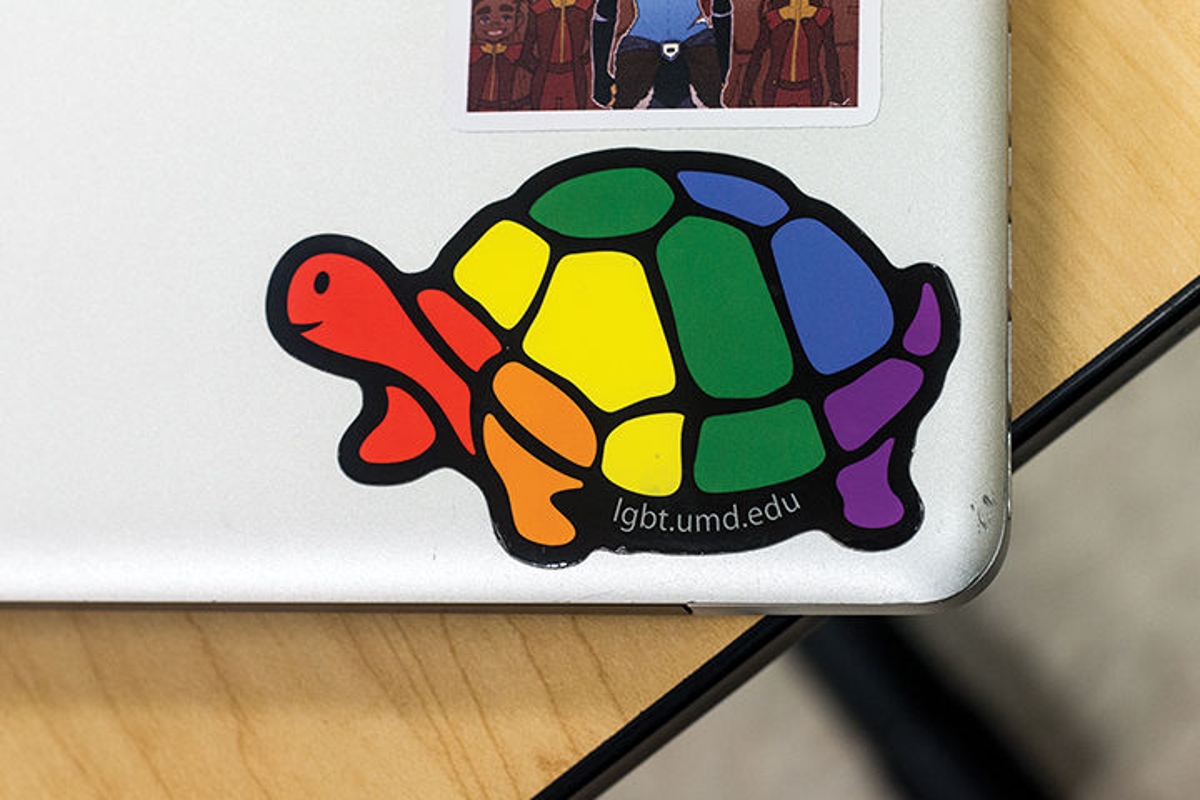Views expressed in opinion columns are the author’s own.
As a whole, our society is visibly becoming more accepting of people who are not heterosexual. However, many of the stories that have increased visibility for the LGBTQ+ community have focused on gay and lesbian people. While there is nothing inherently wrong with this, it has resulted in persistent misunderstandings about bisexual people, who face unique challenges and stereotypes. To overcome these, we must educate people on sexual fluidity and make bisexual stories more visible.
One challenge that bisexuals face is the feeling that they’ll struggle with prejudice in different areas. Not only do they face discrimination from large parts of mainstream society that thinks their same-sex attractions are somehow wrong, they may also face discrimination from some members of the LGBTQ+ community, who think they are actually just homosexual but too cowardly to admit it. This can lead to some bisexuals feeling they struggle to fit in.
There are also distinctions to be made between bisexual men and women. One-third of LGBTQ+ adults say there is a lot of acceptance of bisexual women, while only 8 percent say so for bisexual men. These numbers are compared to 25 percent for lesbian women and 15 percent for gay men, suggesting bisexual women are more accepted by society.
Although this is a positive thing, this acceptance does come with caveats. Part of this acceptance is certainly the result of the hypersexualization of bisexual women. In our patriarchal society, bisexual women are overtly sexualized by straight men who think their sexuality is meant for male pleasure.
Furthermore, many young bisexual women face discrimination by being labeled as “lesbians until graduation.” The idea behind this stereotype is that it is fine for women to experiment with other women in college, but that they should revert to their real, straight orientation when they graduate. This stereotype completely ignores their bisexual identification.
On the other hand, bisexual men are perceived as being less accepted by society than bisexual women, lesbian women and gay men. This may be because same-sex experimentation is not viewed as acceptable for men in the way it is for women. And even if people believe these men are bisexual, straight women may not want to date them because they don’t view them as “manly” enough. This can occur as gayness and femininity are often wrongly and unfairly associated with one another.
Coming out is another area where the bisexual experience is different from that of gays and lesbians. Some sources suggest that bisexuals tend to come out later in life than gays or lesbians. A 2015 study by the Pew Research Center suggests that only 28 percent of bisexuals have come out to most of the important people in their lives, compared to 77 percent of gay men and 71 percent of lesbian women.
Because so many people internalize the homophobic views of society, bisexuals may point to their attraction to the opposite sex as evidence of their heterosexuality. This may make it harder for bisexuals to accept their own identities, and may also make it harder for them to share those identities with others. Since coming out is known to provide a benefit to the mental health of LGBTQ+ people, it is important that our society allow for bisexuals to feel they can do so.
All members of the LGBTQ+ community face unique challenges and stereotypes. But much of the visibility within that community falls on gays and lesbians. Moving forward, we must do a better job in sharing the stories of the rest of this community. Doing so will help overcome stereotypes and allow bisexuals to more freely express and accept themselves.
Mitchell Rock is a senior government and politics and physiology and neurobiology major. He can be reached at mrock13@umd.edu.



